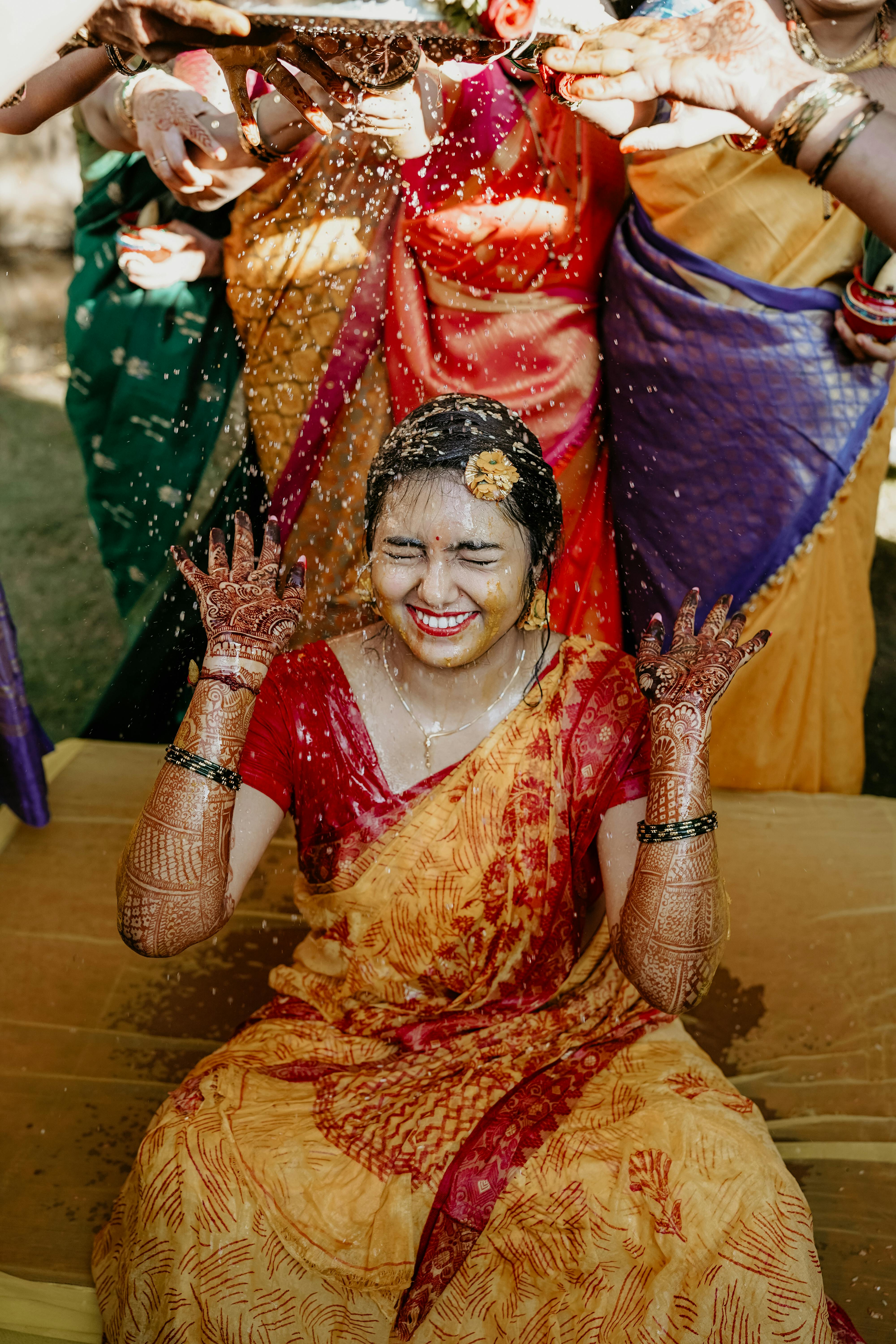Beliefs of Norwegian weddings from the previous
The modern world adores a good wedding, whether it’s an extravagant nuptial or an intimate ceremony in the wilderness. But take into account these ancient Scandinavian bride customs if you want to commemorate your icelandic brides love in a really distinctive way.
A tiny historical context can go a long way toward enhancing the exclusive atmosphere of weddings. For instance, the custom of slapping, in which the bride and groom may kiss each other on the head or ago to signify the exchange of bracelets, used to be a typical component of Swedish bridal rites. This metaphoric action aims to highlight the couple’s fairness and their dedication to one another.
In contrast to the us or the Uk, where the papa marries his child to her future father, the bride and groom in Sweden frequently walk down the aisle along. According to manager Mariella Gink, it’s a more democratic traditions that highlights the fact that a person marries out of her own free will.
This may help to explain why Sweden has a slightly more democratic stance on relationship justice as well as female jobs and rights. Perhaps it also explains why there are bread masters and bread madams at some of the strangest marriage greeting events in this nation.
In addition to the customary ring trade, Swedish weddings also have a peculiar tradition where the bride and groom wear their wedding bands on swords’ hilts. This metaphorical action is based on the Viking custom of “tying the braid” with a handfasting ritual. Similar to how a vow is an impenetrable guarantee, the Vikings thought that if you tied the knot with wire, it would be difficult for you to break it.

A wire or girdle that represented the bride and groom’s union was used to bind them together during the handfasting meeting. A morgen-gifu, which was typically made up of clothing, jewelry, or household items, was the supplementary wealth that the groom was required to give the Gothi or large priest. It was roughly one-third of the bride’s dowry. This extra present was meant to demonstrate his or her loyalty to the newlyweds, and it may be one of the reasons why so many younger gentlemen embark on missions as soon as they get engaged in the Viking legends.
The bride and groom may divide into teams based on their gender for rites that were spiritual to each sexual prior to the actual ceremony. In order to scrub away her virginity, the wife had to visit a bathhouse where wedded girl family members and friends did assist her in cleansing. Additionally, she would take off her kransen, a gold circlet that represented virginity and had later become saved and given to her future sons.
The man, in the meantime, would go to the graves of his predecessors to commit a small tombstone robbery. When they found a dagger, they would give it to the wife. The hands of the bride and groom were therefore placed on the sword’s hilt to represent the shift of family security.
Copyright 2015 - 2021, All Rights Reserved
